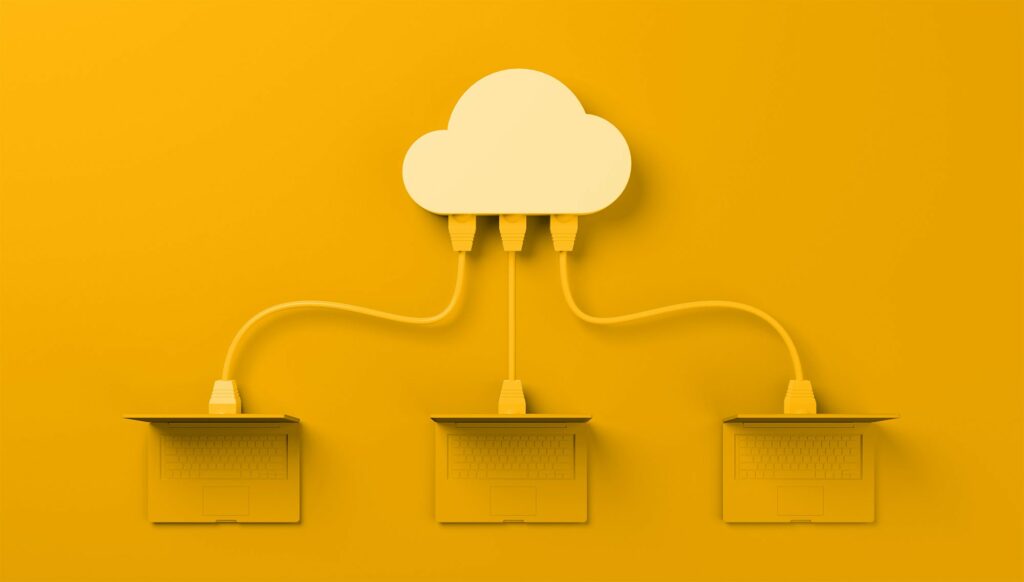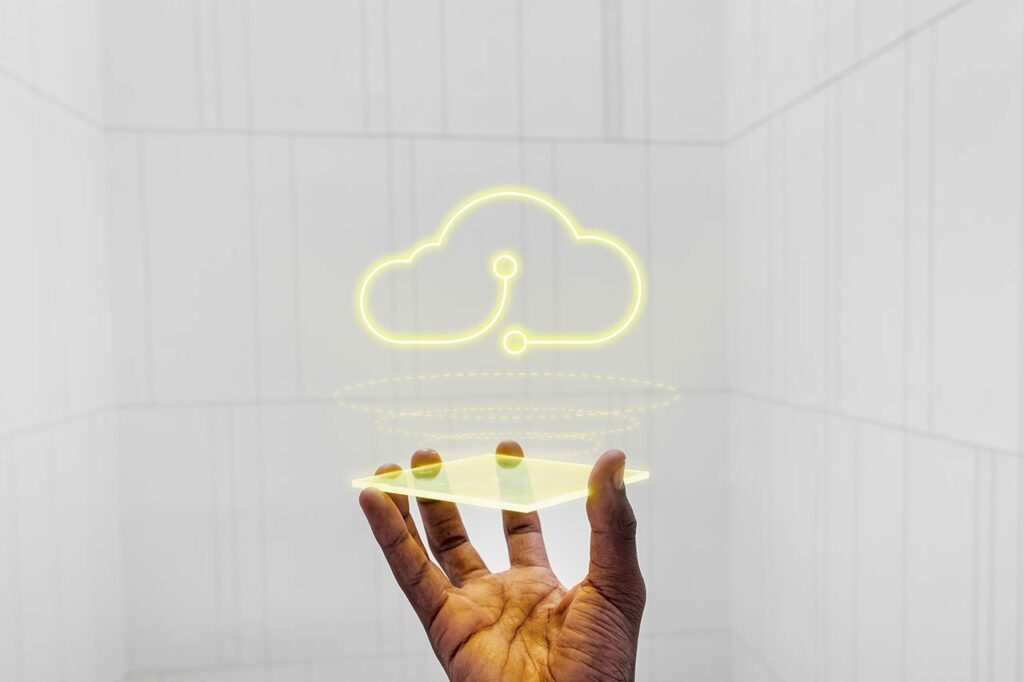Maintenance Week October 2023

Throughout the week of October 9th 2023, we will be performing maintenance on DataYard’s infrastructure and customer servers. This will include performing updates to all managed server infrastructure, including tasks that require reboots/shutdowns/service interruptions. Maintenance will begin at 12:00AM EST and will be completed by 8:00AM EST throughout various days this week. Making IT Better! […]
DataYard’s 2023 Predictions – Cloud Forward

DataYard has been helping technology professionals deploy cloud computing solutions for over a decade and as the needs of the market evolve so do our solutions. This report outlines our predictions for next year. We leveraged strategic and budgeted plans from our clients, partners and regulations to establish this punch list of likely focus points […]
7 Technology Trends Emerging In 2022

Digital-First, Remote-First Dominates the Technology Landscape Let’s start with the most obvious technology trends as we look to 2022 – digital-first. It is mainstream and shaping business today. For example, workforces are more remote than ever. As a result, they demand more substantial connectivity, plus greater reliability from that connectivity. And they require it 24/7. […]
June Maintenance Week 2022

Throughout the week of June 13th 2022, we will be performing maintenance on DataYard’s infrastructure and customer servers. This will include performing updates to all managed server infrastructure, including tasks that require reboots/shutdowns/service interruptions. Maintenance will begin at 12:00AM EST and will be completed by 8:00AM EST throughout various days this week. Making IT Better! […]
May Maintenance Week 2022

Throughout the week of May 9th 2022, we will be performing maintenance on DataYard’s infrastructure and customer servers. This will include performing updates to all managed server infrastructure, including tasks that require reboots/shutdowns/service interruptions. Maintenance will begin at 12:00AM EST and will be completed by 8:00AM EST throughout various days this week. Making IT Better! […]
April Maintenance Week 2022

Throughout the week of April 18th 2022, we will be performing maintenance on DataYard’s infrastructure and customer servers. This will include performing updates to all managed server infrastructure, including tasks that require reboots/shutdowns/service interruptions. Maintenance will begin at 12:00AM EST and will be completed by 8:00AM EST throughout various days this week. Making IT Better! […]
Why buying your cloud direct is the more expensive option!

Cloud Service Providers Keep Your Data Yard in Order When application providers or hosting managers look for cloud solutions to host their digital environments they have lots of choices to make. Everything from the solution provider such as AWS vs Azure vs G-Cloud to the instances that are set up and how. What about redundancy? […]
